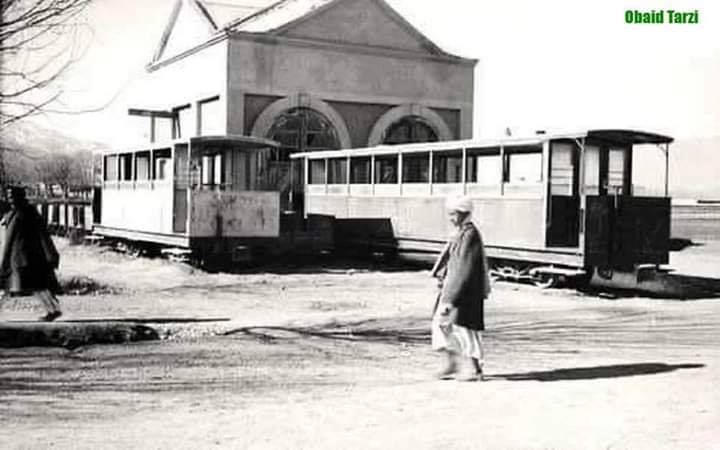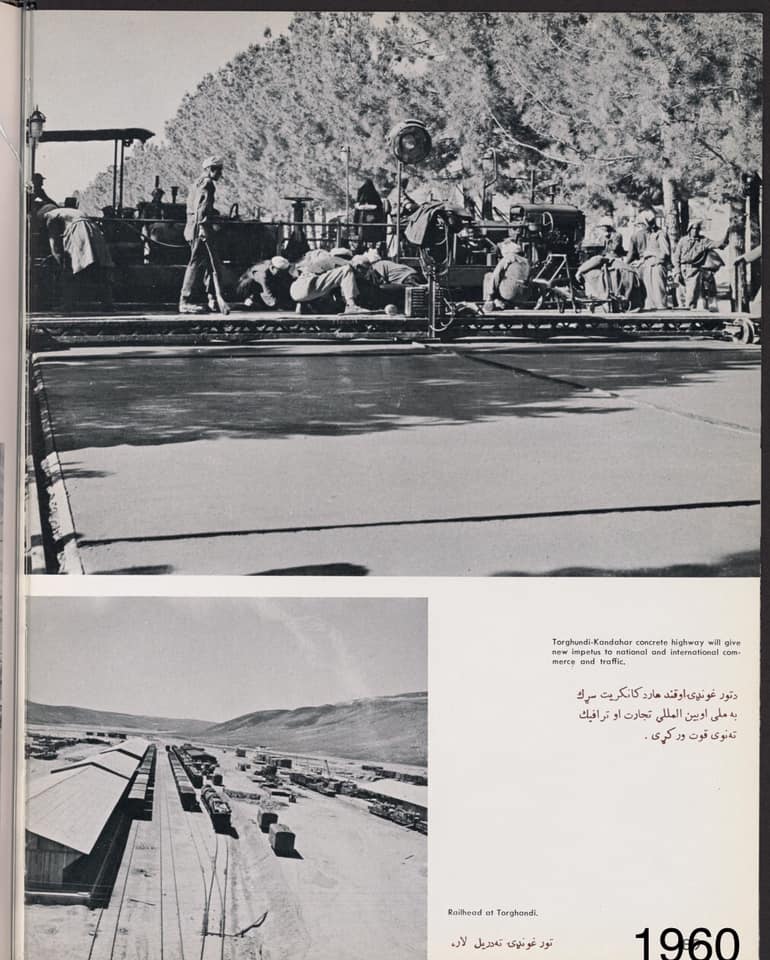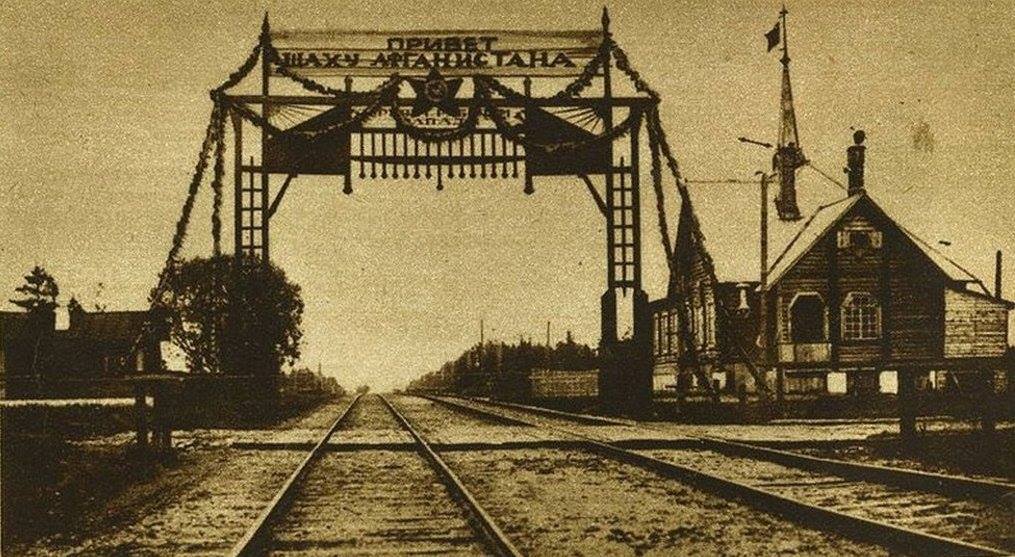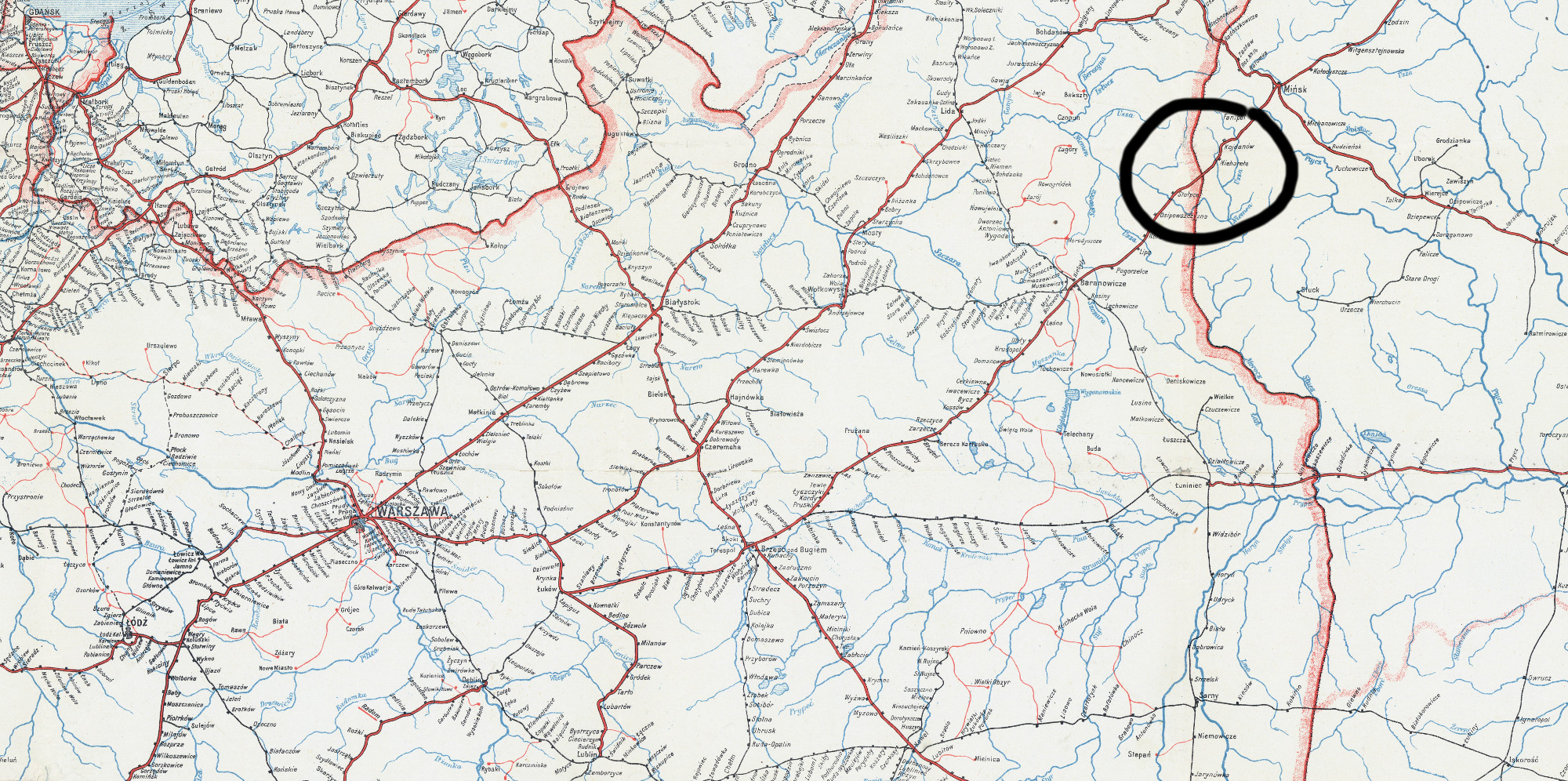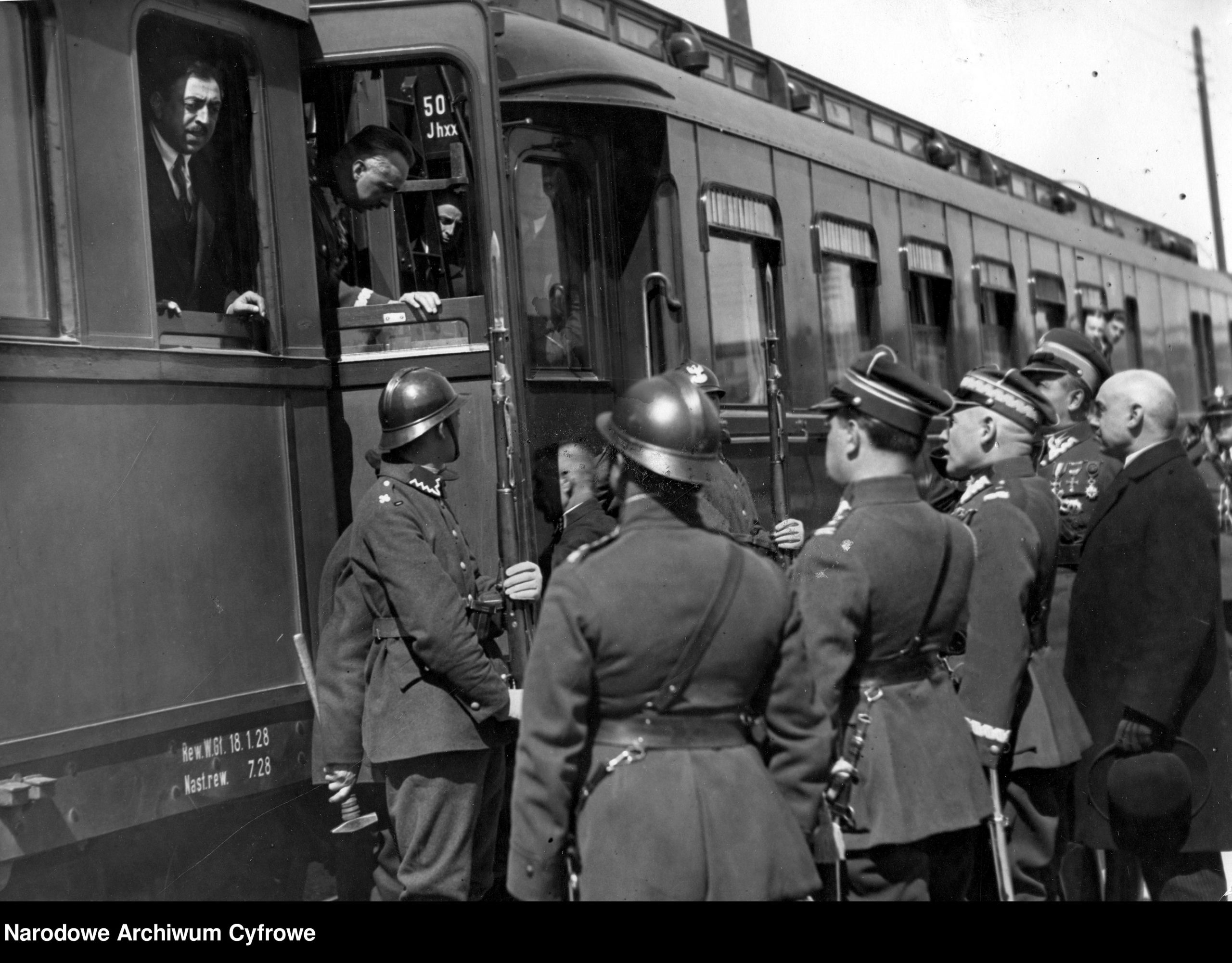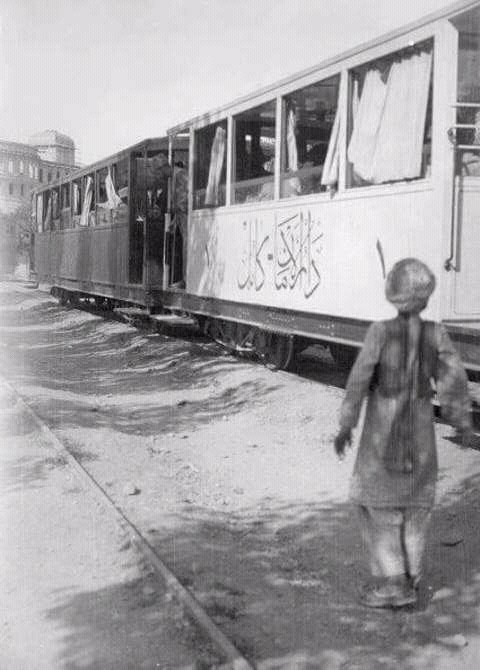The Locomotive, March 15th 1926, Page 80.
The vision of an ‘Afghan Express’ leaving Bombay for Cabul [Kabul] on arrival of the British mail steamer has been all but realized by the opening of the latest addition to the Indian trunk railway system, the extension of the main lines of the N.W. Ry. from Jamrud to within about a mile and a half of the Afghan border. The new line is 27-¾ miles in length and is a wonderful triumph for British engineering skill. Leaving Jamrud at a level of 1,496 feet above the sea, it reaches its summit at Landi Kotal, 3,494 ft., in a distance of 21 miles, and thence falls to the terminus at Landi Khana, 2,622 ft., in a further distance of 4-½ miles mostly at 1 in 25, whence a good road enables communication being maintained with Cabul, 115 miles distant, and the interior of Afghanistan.
As already mentioned in these pages the new railway has been constructed on the 5ft. 6in. gauge to the enlarged dimensions recently adopted by the Railway Board for all new Indian railways, and one of our photos shows a sample covered goods wagon built to the size now permissible with a load limit of 31-½ tons, coupled to a standard wagon of 22 tons capacity.
The view of the railway, taken near Landi Khana, gives a good idea of the rugged country it traverses; this spot is close to the Afghan frontier. There are thirty-four tunnels aggregating three miles in length and numerous bridges, with a viaduct of some importance at Bagiari, near Jamrud.
There are four reversing stations, two below the jaws of the Jamrud end of the pass; one beyond the point where the line passes from the main valley to the Tora Tigga Valley by a tunnel, and the fourth at Landi Khana.
